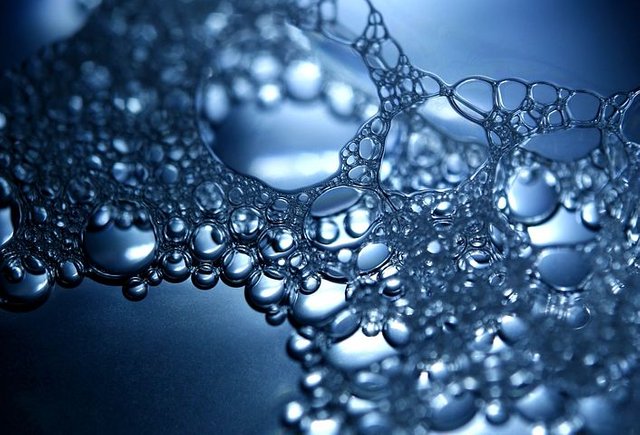By investigating the influence of electric fields on liquids, scientists could develop a new technique for controlling their adhesive properties.

Using electrical fields to modify the properties of liquids in contact with a surface can be used in several applications, such as electrophoresis, where an electric current can separate molecules by size. Researchers at A*STAR have now developed a technique for investigating the effect of electric fields on the properties of oil-based lubricants, that could lead to new applications in nanofluidics and nanotribology.
When a liquid is confined between closely spaced surfaces, it may form ordered layers, leading to changes in the liquid’s viscosity and molecular structure. Understanding the mechanical properties of these ordered layers is important for the development of nanotechnology devices and lubricants.
This led Sean O’Shea and Eugene Soh from the A*STAR Institute of Materials Research and Engineering to develop a technique for investigating whether the mechanical properties of liquids, such as flow or surface adhesion, can be tuned by applying external electric fields.
“These are the type of engineering questions to be addressed in order to develop ‘smart’ surfaces for applications that require electrically controllable adhesion, lubrication or flow,” says O’Shea. “However, we first need to investigate the presence of any significant electrically induced effects.”
Studies so far have primarily used water or ionic liquids because their polar nature means they are significantly influenced by electric fields. However, the use of ionic liquids is expensive, so the researchers used the more conventional lubricants undecanol and tetradecane, which consist of long-chain hydrocarbons that provide thick ordered layers.
With a strong electric field between the tip of an atomic force microscope (AFM) and a graphite substrate submerged in the liquids, the researchers were able to produce highly ordered layers of hydrocarbons along the surface of the graphite. A feature of these ordered layers is that they give rise to oscillatory forces that can be measured by the AFM.
Although oscillatory forces were observed when no electric field was applied — indicating ordered layers in the liquid close to the surface — these forces appeared far less frequently when a strong electric field was applied across undecanol, and slightly less frequently in tetradecane.
But when the liquids were boiled at 140 degrees Celsius to remove the small amounts of water present in the oils, the oscillatory forces remained present even at high electric field strengths.
“Our work suggests that in addition to changes in molecule orientation, another mechanism, which arises from the presence of trace amounts of water, must be considered when electric fields are applied,” says O’Shea. “This represents another step closer to controllable lubrication and/or liquid flow on surfaces.”
The A*STAR-affiliated researchers contributing to this research are from the Institute of Materials Research and Engineering at https://www.a-star.edu.sg/imre/.
This article was first published by Springer Nature. Read the original article at https://research.a-star.edu.sg/research/7925/another-step-closer-to-tunable-liquids.
To read more of my writings check out my website at https://gluons2galaxies.com.
Hi! I am a robot. I just upvoted you! I found similar content that readers might be interested in:
https://www.nanowerk.com/nanotechnology-news2/newsid=51052.php
Downvoting a post can decrease pending rewards and make it less visible. Common reasons:
Submit